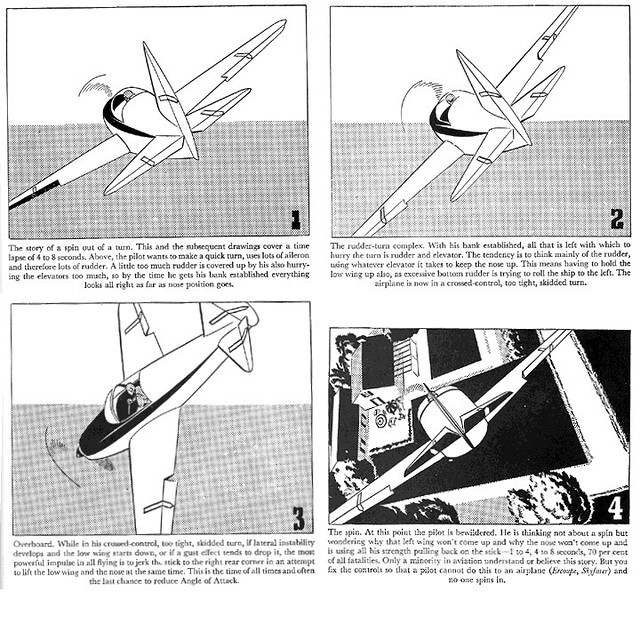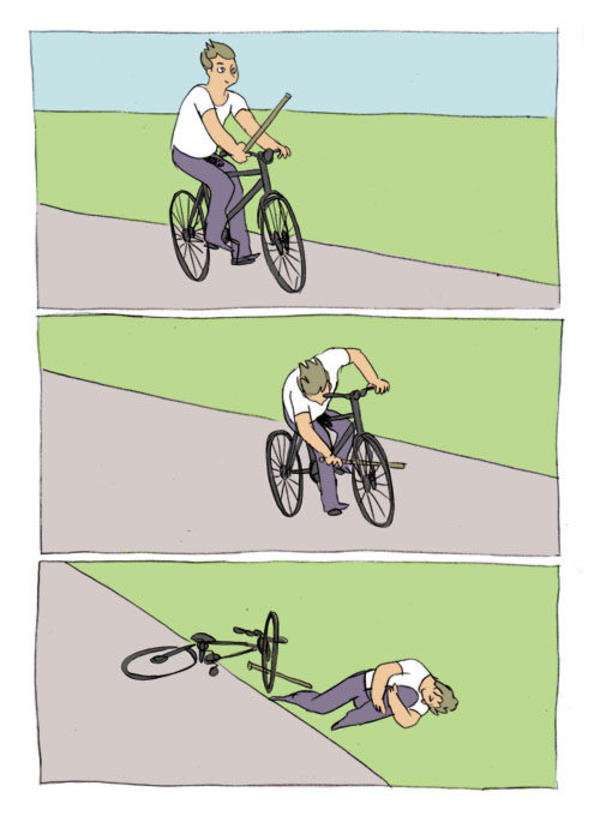James331
Ejection Handle Pulled
- Joined
- Apr 18, 2014
- Messages
- 20,309
- Display Name
Display name:
James331
It's really quite simple. People screw up. They get distracted, they react poorly when they get flustered. AKA being human.
Not understanding how someone can stall a plane at 500' during a base to final turn is the same as not understanding how two cars can contact each other on an interstate highway.
Now to be clear (because otherwise someone will assume otherwise) I'm NOT saying base to final turns are dangerous or that flying the pattern without the ball centered is okay and that stalling the plane at 500' is standard operating procedure.
Sounds like chit fundamentals.
Bet the same guy that get slow in that turn also crosses the fence at warp speed and floats down half the runway.




